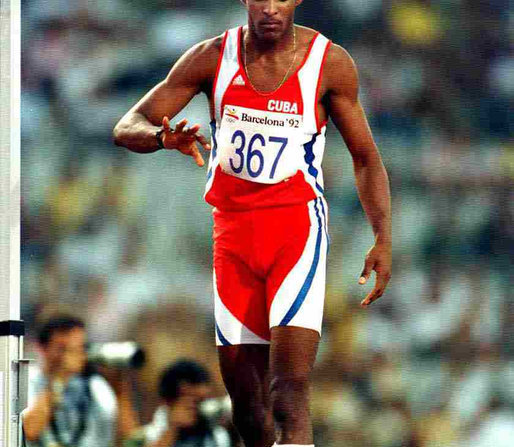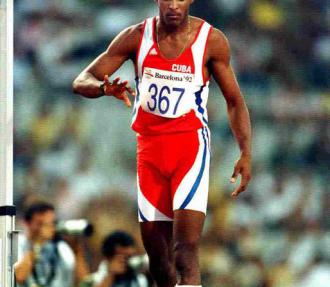Can you name the athletes by the picture?
Brain Teasers
[3777] Can you name the athletes by the picture? - Can you name the athletes by the picture? - #brainteasers #riddles #sport - Correct Answers: 23 - The first user who solved this task is Jakubovski Vladimir

2017-04-07

